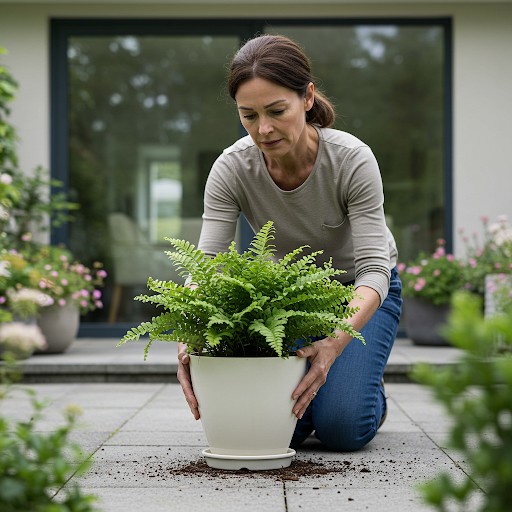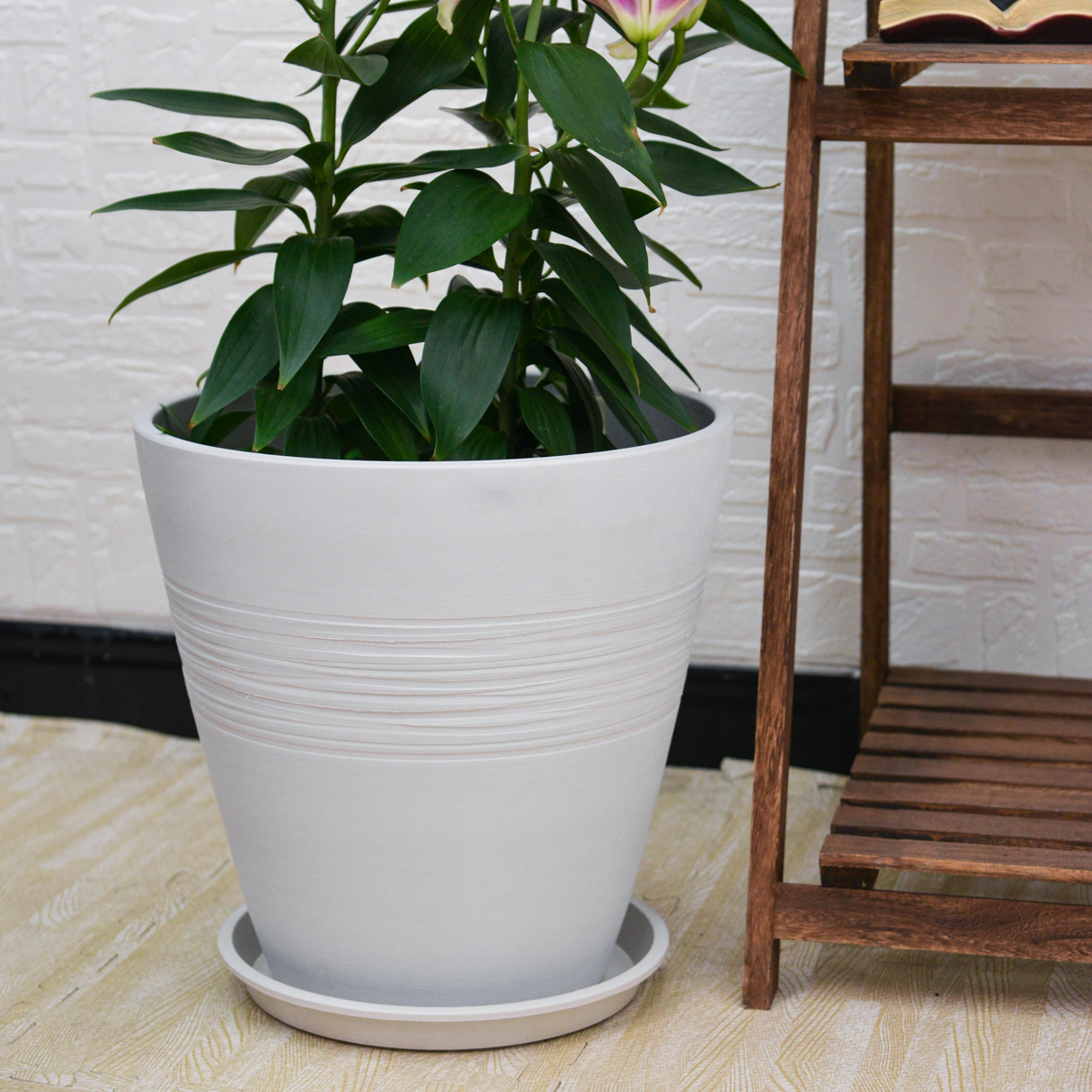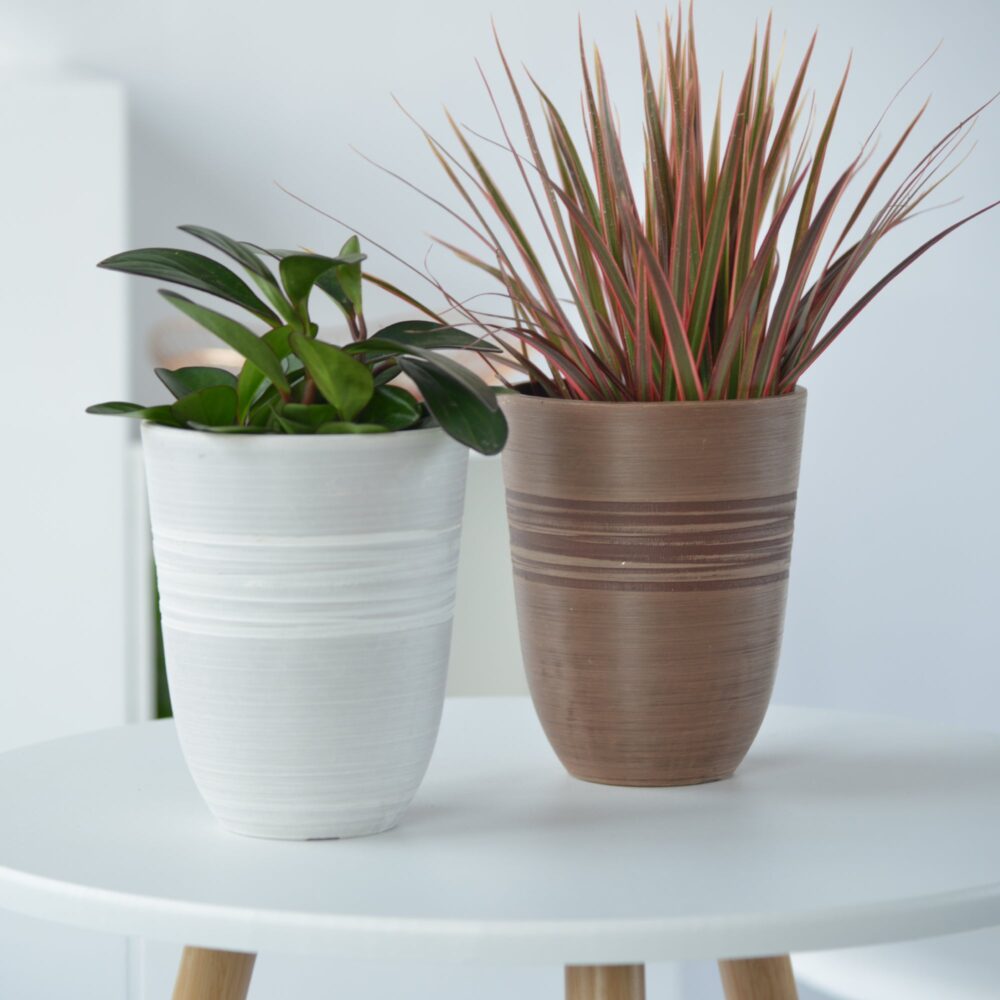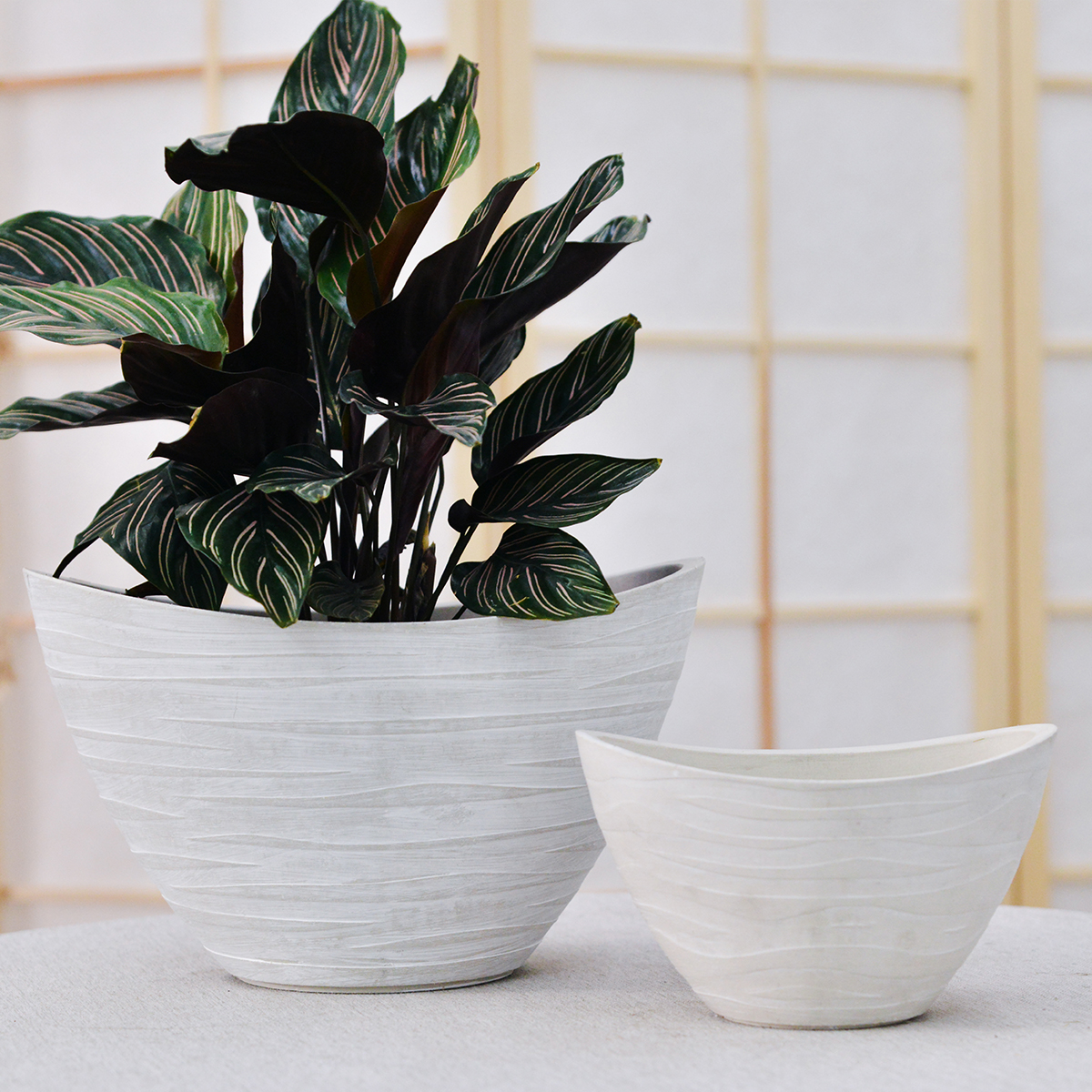Can Indoor Planters Go Outside? What You Need to Know Before Moving Your Greens
As the weather warms, you might be tempted to give your indoor plants a breath of fresh air by moving their planters outside. While the idea of your houseplants enjoying the natural sunlight and breezes is appealing, it’s essential to consider whether your indoor planters are actually suitable for the great outdoors. The answer isn’t a simple yes or no, so let’s delve into what you need to know before relocating your indoor greens.

The Key Differences Between Indoor and Outdoor Planters
Indoor and outdoor planters are often designed with different purposes in mind, which affects their material, construction, and overall suitability for various environments.
Drainage: This is often the biggest difference. Outdoor planters are typically designed with drainage holes to allow excess water to escape after rain or watering. This prevents waterlogging, which can lead to root rot and the demise of your plant. Many indoor planters, on the other hand, are designed to be watertight to protect your floors and furniture from leaks.
Material: Indoor planters can be made from a wider range of materials, including delicate ceramics, glass, and lightweight plastics that might not withstand the rigors of outdoor conditions. Outdoor planters are usually made from more durable and weather-resistant materials like heavy-duty plastic, concrete, terracotta (with caution in freezing climates), metal, or fiberglass.
Durability and Weather Resistance: Outdoor planters are built to withstand the elements, including sun exposure, rain, wind, and temperature fluctuations. Indoor planters might not have the same level of UV resistance, and their materials could degrade or become brittle when exposed to prolonged outdoor conditions.
Weight and Stability: Outdoor planters, especially larger ones, are often heavier to prevent them from being easily knocked over by wind. Indoor planters might be lighter for easier movement around the house, which could make them unstable outdoors.
Potential Problems When Using Indoor Planters Outside
If you place a typical indoor planter outside without considering its design, you might encounter several issues:
- Waterlogging: If your indoor planter lacks drainage holes, rainwater can accumulate, leading to soggy soil and root rot. This is one of the most common reasons why plants fail when moved from indoors to outdoors in unsuitable containers.
- Material Degradation: Sunlight can cause some indoor planter materials, especially certain plastics, to become brittle and crack over time. Rain and moisture can also damage materials not designed for outdoor use.
- Instability: Lightweight indoor planters can be easily tipped over by wind, potentially damaging your plants and the planter itself.
- Temperature Shock: While not directly related to the planter itself, the sudden change in temperature and sunlight intensity when moving an indoor plant outdoors in any container can shock the plant. Acclimatizing your plants gradually is crucial.
When Can Indoor Planters Go Outside?
There are some situations where using an indoor planter outdoors might be acceptable, especially on a temporary basis or with some modifications:
- Temporary Outdoor Display: If you’re hosting an outdoor gathering and want to temporarily enhance your décor, you can place indoor planters outside for a few hours or a day, provided the weather is mild and there’s no heavy rain expected. Remember to bring them back inside afterward.
- Sheltered Locations: If you have a covered porch or a very sheltered patio where the planters won’t be directly exposed to heavy rain or strong winds, some sturdy indoor planters might work. However, you’ll still need to be mindful of drainage.
- Using as Cachepots: You can place a potted plant (in a nursery pot with drainage) inside a decorative indoor planter (cachepot) and move the entire setup outdoors temporarily. This way, the plant still has drainage, and the decorative planter enhances the look.
- With Added Drainage: If your indoor planter is made of a durable material, you might be able to carefully drill drainage holes into the bottom. However, be cautious, as this could crack some materials like delicate ceramics.

Tips for Using Indoor Planters Outdoors (If Appropriate)
If you decide to use an indoor planter outdoors, here are some tips:
- Prioritize Drainage: If possible, add drainage holes. If not, be extremely vigilant about watering and avoid letting the planter sit in the rain. You might need to tip it over to empty excess water.
- Choose Durable Materials: Opt for indoor planters made from heavier, more robust materials like thick plastic or sturdy ceramics if you intend to use them outdoors, even temporarily.
- Consider Weight and Stability: Place lighter planters in sheltered spots where they are less likely to be knocked over. You can also add weight to the bottom of the planter if needed (e.g., with rocks).
- Acclimatize Your Plants: Gradually introduce your indoor plants to outdoor conditions over a week or two to prevent shock. Start with a few hours of shade and gradually increase the time and sunlight exposure.
Conclusion
While the allure of bringing your indoor planters outside might be strong, it’s crucial to consider the design and material of your planters and the potential challenges of the outdoor environment. For long-term outdoor use, investing in planters specifically designed for the outdoors is generally the best approach to ensure the health and longevity of your plants. However, with careful consideration and temporary use in mind, some indoor planters might enjoy a brief stint in the fresh air.
Planter 6 in W / 8 in W / 12 in W Indoor or Outdoor Plants, Modern Decorative Plant Pots with Drainage Hole, Decorative Flower Pots
By greenship-seo|2025-02-06T13:43:53+00:00January 16, 2025|Categories: Hand-carving Series|Tags: Decorative Flower Pots|
KC2-GS
By greenship|2024-08-16T06:30:21+00:00August 16, 2024|Categories: Hand-carving Series|
Plant Pots 6 inch 8 inch 10 inch for Indoor Plants, Set of 3 Modern Decorative Planter ts with Drainage Hole, Decorative Flower Pots
By greenship-seo|2025-04-10T06:39:28+00:00January 14, 2025|Categories: Hand-carving Series|Tags: Decorative Flower Pots|
k2-21G
By greenship|2024-08-13T06:17:26+00:00August 13, 2024|Categories: Hand-carving Series|
KC2-11V
By greenship|2024-08-16T05:39:50+00:00August 16, 2024|Categories: Hand-carving Series|
20YB
By greenship|2024-08-16T05:37:57+00:00August 16, 2024|Categories: Hand-carving Series|






